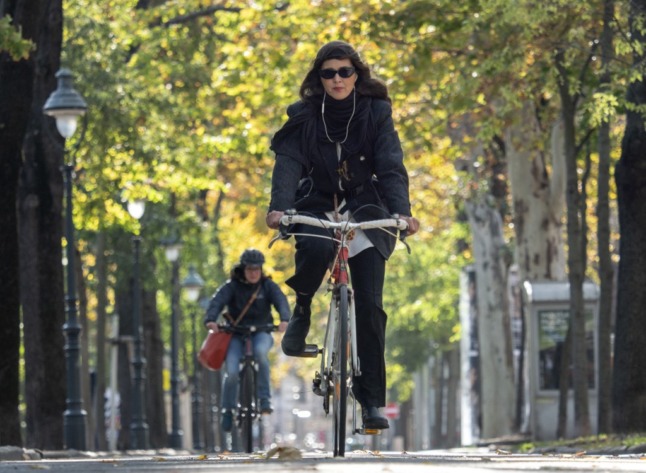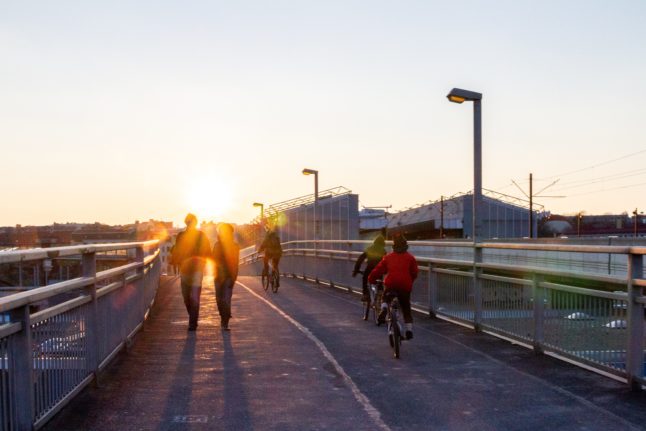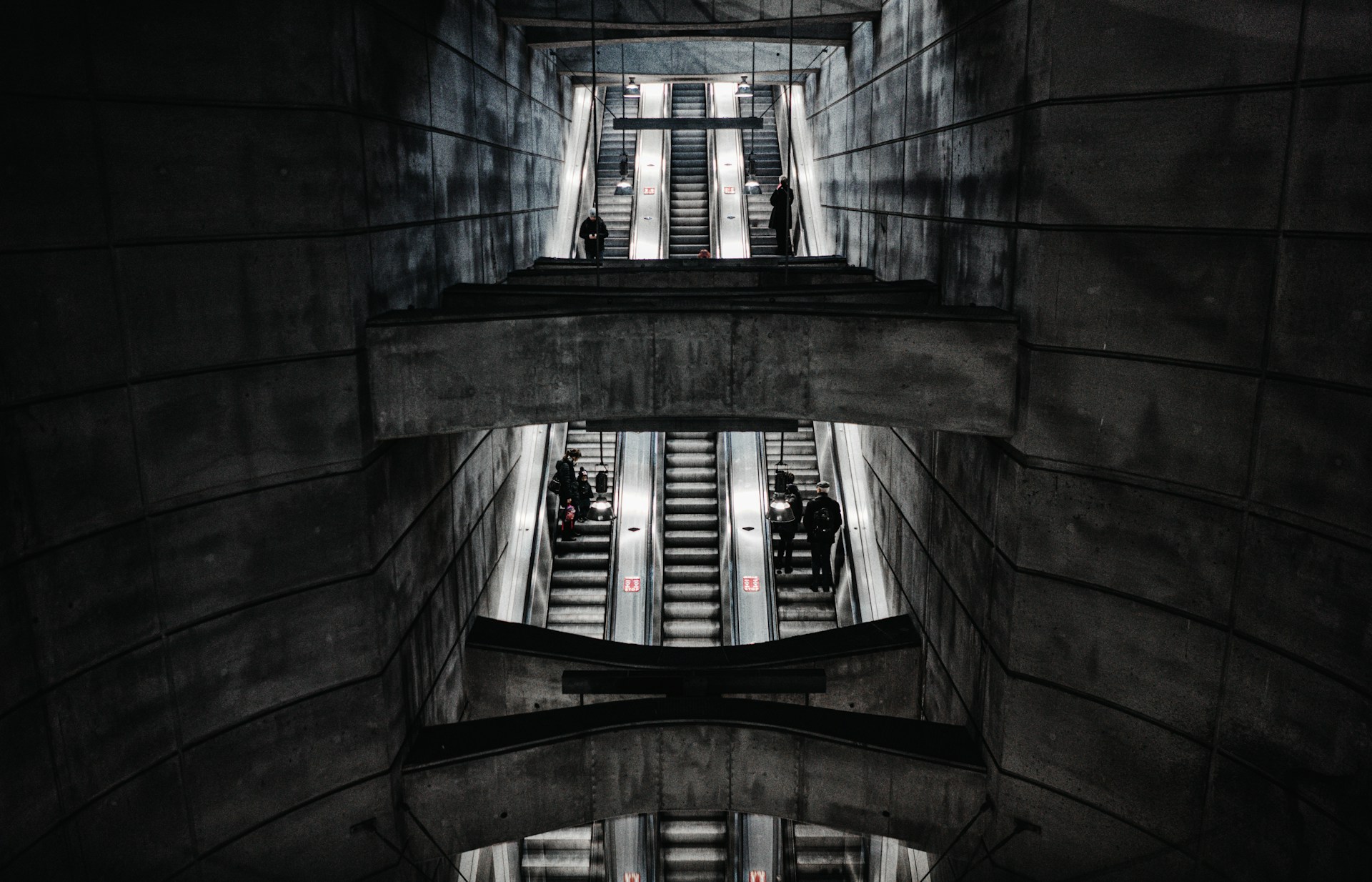Austria is implementing its master plan for facing up to climate change and making its cities better to live in – and especially better for pedestrians and cyclists. The country has already an extensive network of public transport – though critics say there is much to be done, and it’s now updating its regulations to improve the lives of cyclists and pedestrians.
The changes to the highway and traffic code “take the rules for walking and cycling from the 1960s to the 21st century”, Climate Protection Minister Leonore Gewessler (Grüne) said during a press conference to announce the changes in April.
Several changes were made to the original amendments after negotiations with authorities in Austria’s states.
For example the proposed general opening of one-way streets for cyclists allowing them to ride in both directions was eventually scrapped, the mobility spokesman of the Greens, Lukas Hammer, told Der Standard.
What is changing that will benefit pedestrians?
The government’s amendments will give higher priority to both pedestrians and cyclists, and pavements will have to be kept “free of vehicles and obstacles” with the new regulation.
At least one and a half metres of space needs to be reserved for people who are walking.
READ ALSO: What you need to know about cycling in Austria
Perhaps most noticeably, the government announced traffic lights will change to allow a shorter waiting time and longer duration of the green lights so pedestrians can cross the streets after a “without haste”.
Drivers will also need to give priority to pedestrians crossing the street after getting on or off public transport, a move which is also aimed at beneffiting those who use the public transport system across Austria.
READ ALSO: How Vienna plans to expand its tram and park & ride systems for commuters
What will be the changes regarding cyclists?
The main changes for cyclists will aim to give them more space among traffic. When overtaking a cyclist, the minimum distance cars should give will increase to up to two metres depending on the location.
Turning right at a red light will be allowed for cyclists “if it does not endanger road safety”, according to the government. For this, a new traffic sign will be introduced in Austria: the green arrow, which will show where the turn is possible.
In addition, cyclists will be allowed to ride side-by-side when one of them is under the age of 12 or at a speed of 30 km/h with another adult.

Cycling is booming in Austria
Despite being known for its mountains and Alps, Austria is also an extremely bike-friendly country, especially in the lower plains on the Danube.
In Lower Austria, more than half of the tourists visiting the state are there on cycling holidays, as reported.
READ ALSO: The best cycle routes in and around Vienna
Bike riding has boomed thanks to the Covid pandemic. Still even before 2020, around € 252 million were generated through cycle tourism in Lower Austria annually.
Last year, the Danube Cycle Path was the busiest bike route, with 1.1 million tourist bike rides between April 1st and September 30th, 2021. Other heavily frequented cycle paths are the EuroVelo 9 in the Weinviertel, the Kamp-Thaya-March route, the Traisental cycle path and the Triesting-Gölsental cycle path.
Environmental initiatives
Much of the changes are part of Austria’s larger climate change action plan. The federal government has already put in place its Klimaticket, with discounted country-wide public transport tickets to incentivise people to leave their cars at home.
READ ALSO: ‘Cool streets’: How Vienna is preparing for climate change and heatwaves
The capital Vienna has also adopted the 15-minute city concept, aiming to make the most essential everyday routes possible within a 15-minute walk.
The goal is that all Austria’s most populous city residents can feel like they live in a small village. They can walk 15 minutes and reach supermarkets, bakeries, restaurants, doctors, schools, and recreational areas.
Many of Austria’s main capitals also have several car-free zones, and Vienna recently introduced the short-term parking concept to (almost) all of its streets.
Useful vocabulary
Cyclist – Radfahrer
Pedestrian – Fußgänger
Speeders – Raser
Measures – Maßnahmen




 Please whitelist us to continue reading.
Please whitelist us to continue reading.
Member comments